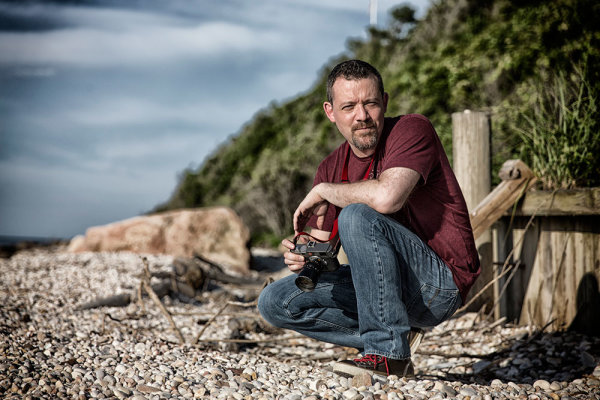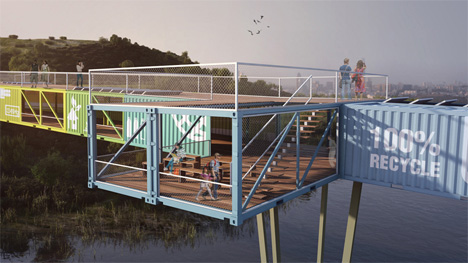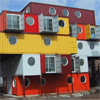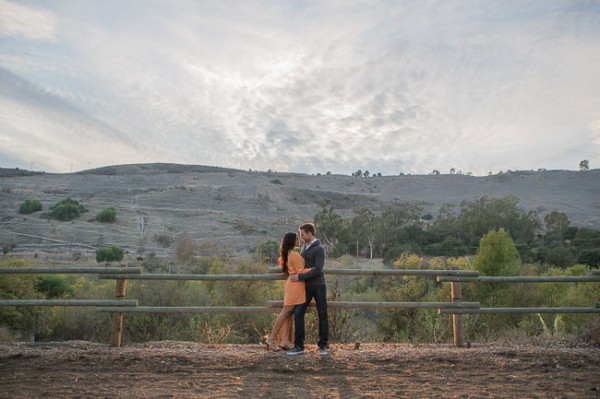The post How to Create Environmental Portraits (Tips and Examples) appeared first on Digital Photography School. It was authored by Darren Rowse.

Are you looking to capture stunning environmental portraits?
You’ve come to the right place.
In this article, I’m going to share everything you need to know about environmental portrait photography.
And by the time you’re finished, you’ll be ready to create some beautiful portraits of your own!
Let’s get started.
What is an environmental portrait?
An environmental portrait is a photo taken of a person in a place that says something about who they are. It is often a place where they work, rest, or play.

Why do I prefer environmental portraits?
Environmental portrait photography:
- gives context to the subject you’re photographing
- adds additional points of interest to compositions (though this is something you need to watch, as you don’t want to distract from your subject too much)
- helps the subject relax
- often gives the viewer real insight into the personality and lifestyle of your subject
Environmental portraits sit somewhere between the purposely posed shots of a studio portrait (environmental portraits are posed and are unmistakably portraits) and candid shots, which capture people almost incidentally as they go about their daily lives.
Now let’s turn our attention to some how-to tips for stunning environmental portraits:
Tips for beautiful environmental portrait photography
Capturing gorgeous environmental portraits can seem tough.
But there are actually a few simple ways to enhance your portrait photos, starting with:
Spend time getting to know your subject

Before you select a location and start shooting, spend some time getting to know your subject.
Find out where they spend their time, what the rhythm of their life is like, and how they behave.
This will not only help you find appropriate locations but will also help you get a feel for the style of shots that might be appropriate for the session.
Plus, you’ll begin the process of helping your subject relax! If you can, you might even want to accompany your subject to some possible locations; that way, you can see both whether the location suits them, as well as how they behave and interact there.
Choose the right location
Sometimes a location chooses you – but on other occasions, you need to be quite deliberate and purposeful when making your choice. It can take a lot of searching.
You ideally want to find a location that:
- says something about your subject. After all, that’s what this style of photography is all about.
- adds interest to the shot. As I’ve written in previous tutorials, every element in an image can add or detract from the overall look. The environment in which you place your subject needs to provide context and interest without overwhelming the composition.
- doesn’t dominate the shot. Sometimes the location can dominate the image so much that it distracts your viewer from your main focal point (i.e., the subject). So try to avoid cluttered backgrounds (and foregrounds) and colors that are too bright, etc. Keep in mind that you might be able to remove the distractions with clever cropping, depth of field, and subject placement.
Use props naturally

Props can make or break an environmental portrait.
If your props are subtle and naturally fit in the environment, then they can be very appropriate and add to the image nicely.
But you’ll want to avoid any props that don’t quite fit or that distract the viewer.
The same goes for the clothes that your subject wears. Try to be true to the context without getting too outlandish.
Think about posing your subject

What sets an environmental portrait apart from a candid portrait is that you pose your subject.
(In truth, it’s a fine line between candid portraits and environmental portraits; you might end up doing a bit of both in any given shoot.)
Don’t be afraid to direct your subject to sit, stand, or act in a way that fits the environment. Some of the poses might seem slightly unnatural and dramatic, but it’s often these purposely posed shots that are more interesting and give a sense of style to your photography.
The expression on the face of your subject is also very important in environmental photography, and you should consider how it fits with the overall scene.
For example, if you’re shooting in a formal environment, it may not be appropriate to photograph your subject with a big, cheesy smile; you might prefer a more somber or serious look.
Ultimately, just mix it up to see what does and doesn’t work!
Deliberately choose your camera settings (especially your aperture!)

There is no right or wrong way to set up your camera for an environmental portrait. It will depend completely upon the effect you’re after and the shooting scenario.
You might find that shooting at a smaller aperture (i.e., a larger f-number) will be appropriate as it’ll help keep the foreground and background in focus.
I generally shoot environmental portraits with a wider focal length to give the environment prominence in the shot.
Of course, that doesn’t mean you can’t shoot with a longer lens or with a large aperture and shallow depth of field. In the end, anything goes – plus, you’ll probably want to mix up your shots a little.
How to photograph environmental portraits: conclusion
Environmental portrait photography is a great way to create unique and beautiful images.
So the next time you’re doing portrait photography, try applying some of these tips.
You’ll love the results!
Now over to you:
Have you done any environmental portrait photography? What tips would you give other readers? Feel free to share your tips (and images!) in the comments below.

The post How to Create Environmental Portraits (Tips and Examples) appeared first on Digital Photography School. It was authored by Darren Rowse.
















































You must be logged in to post a comment.